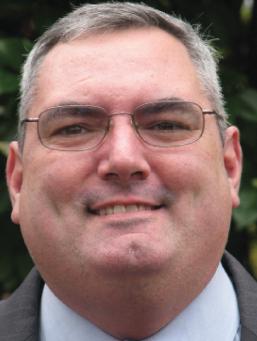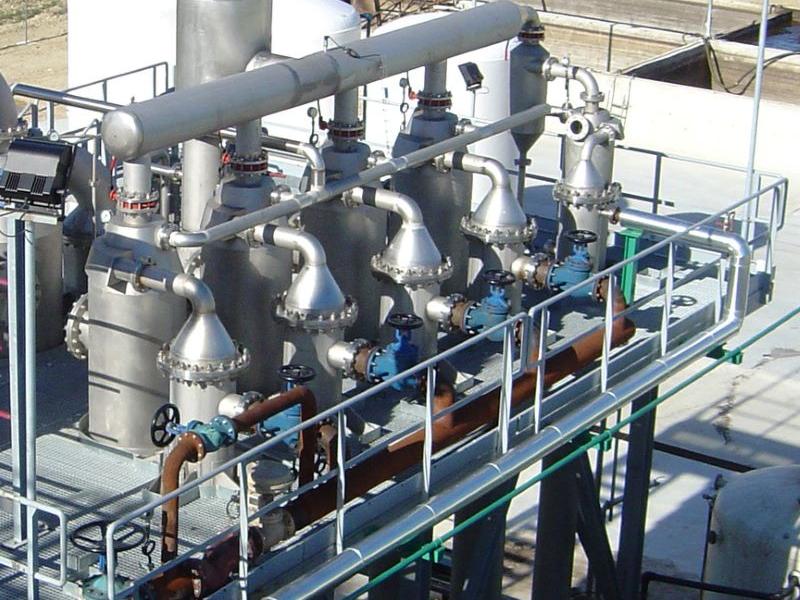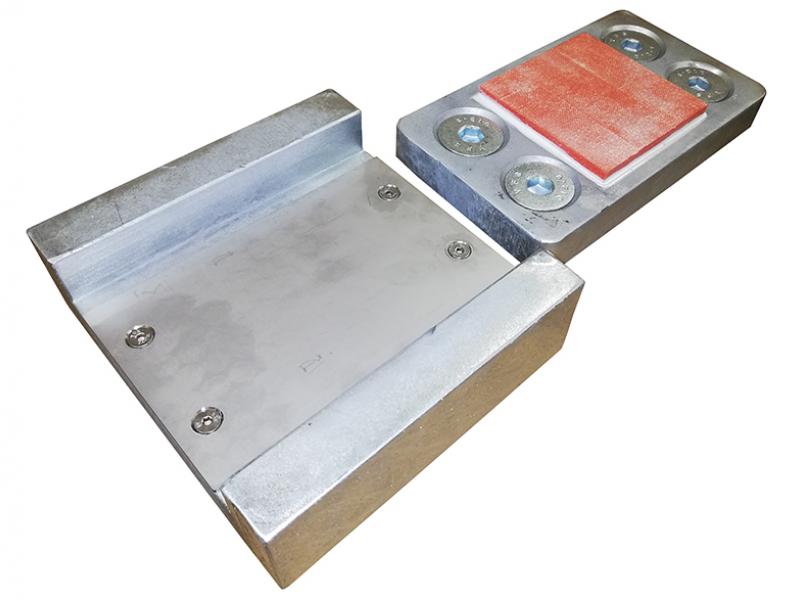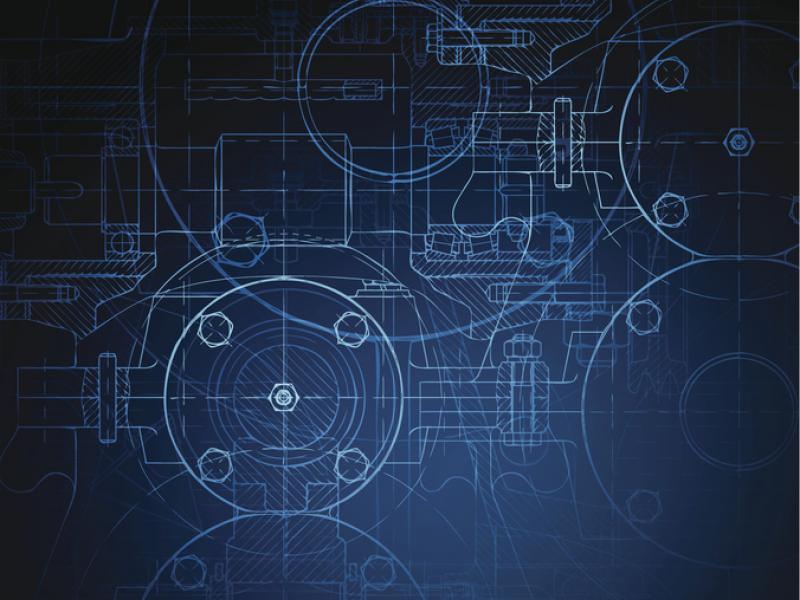How can small places make such a big impact? Perhaps because they have a game plan, a vision, process and strategies to achieve not just current, but long-term success.
I recently contributed to the AMP 2.0 Conference at the Massachusetts Institute of Technology (MIT) and was actually nervous at speaking at such an illustrious institution.
Hearing my concern, the vice president of the Association for Facilities Engineering Boston Chapter, Gary Smith wanted to make sure that this Southerner did not worry about my North Carolina accent which there are countless jokes ridiculing Southerner intelligence dating back before the US Civil War.
So he said with his strong Boston accent. “Yuseguys don’t taak (talk) funny, weesguys taak funny because we dropped our “R”s and gave them to yuseguys.” I said what?
He said: “Believe it or not I waak (work) at Haavad (Harvard) and paak (park) my caah (car) there. But if I want something good to eat I want to go down to North Carolina and order a pizzer (pizza) and may drive up the winder (window), and when I get tired put my head on a piller (pillow).”
And what does have to do about maintenance, and fighting the maintenance crisis and the skills shortage? Nothing, and everything.
Nothing about maintenance, but everything about the challenges we all face. We have to able to be flexible and be willing to communicate in multiple methods, and understand the technical language, the financial language and mechanical, and automation languages to drive change in our operation.
In the United States, people are finally valuing the importance of manufacturing. I attended three of the five Advanced Manufacturing Performance Conferences, and now serve on two Presidential councils to advance manufacturing workforce strategies. Stay tuned as more details on the recommendations that will emerge out of these meeting to follow in future columns
The AMP 2.0 brought together educational, US government and business leaders to explore methods to advance manufacturing performance levels, and to build on the newly developed Manufacturing Institutes to advance technologies.
US Senator Markey eloquently explained Massachusetts’ game plan of being the “Brain State”. He said it has built many of the nation’s best universities in hopes of attracting the best and brightest students from all over the world.
He said these “nerd-factories” have been producing ideas, perfecting concepts, and advancing innovative solutions that have been leading the world of science and commerce. He stated over 80 per cent of all students from Massachusetts stay after graduation, and over 35 per cent from other areas stay – that is much higher than national average of 20 per cent.
He said they help achieve that by matching capital markets and linking entrepreneurs with consultants to help scale up their concepts. Just in the Boston area, more than 250,000 university students pursue their education. So a very small state actually leads the country on many of the design and innovations.
Before arriving, I visited with TPM coordinator and maintenance technician Martin Tauber, who not only gave me a tour of his company’s chicken processing plant, he generously allowed me stay with him where I got to see his workshop.
For his hobby, he builds expertly crafted cigar box guitars and even a Kanjo – an instrument made with a Kodak film reel. He literally takes trash and repurposes materials into treasures – he offered me his Kanjo.
Amazing how the resonance generated from the metal film canister sounds wonderful. I bet Craig Carlyle and his wife could put this to good use at the next MESNZ conference in Hamilton this November.
During the AMP meeting, I heard an attendee complaining they need millions more dollars in research if they were to truly innovate.
Well, that statement did not sit well, you don’t have to have millions of dollars to have innovation. You just need a new vision for old items, then you can convert trash into treasures. MIT’s Provost Schmidt marvelled at the simplicity and ruggedness of the Kanjo and agreed. Then I said that having millions definitely does not hurt when you want to scale up an idea.
I also encouraged the Provost of MIT to develop a presence in New Zealand and help Kiwi innovators to scale up their concepts and work to get them produced in the United States for mass production.
I constantly inform leaders around the world of the power of Kiwi-ingenuity and the challenges that NZ innovators have in mass producing their products in a high labour cost, small population country. So that it is why collaborations are so important and why more in the US need to visit New Zealand, not just to tour, but to develop long-term business alliances.
Want to learn more about how to fight the maintenance crisis? Join Joel Leonard 18 August in Auckland for Fighting the Maintenance Workshop http://www.sirfrt.com.au/calendar/event_detail/3844






